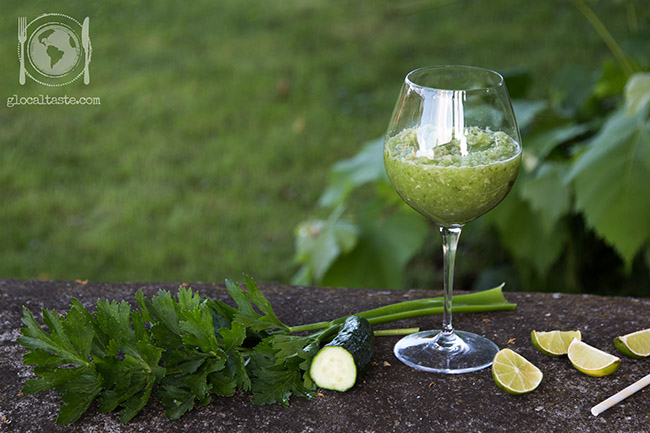Many of those who produce homemade kefir does not filter the grains, other people (including me) filter kefir to get a more dense creamy.
Given that with one liter of whole milk you get a little more than 400 g of kefir, and that part of milk goes to feed our colony of granules, we can say that 50% of the milk (in the case of a filtration) becomes serum.
Kefir serum contains most of the kefiran bacteria, and this makes it a probiotic product and a source of protein that you can drink safely as it is. It’s a good substitute of water in any type of bread.
In fact, the presence of lactobacillus bacteria helps the fermentation process of each type of dough. You can soften legumes into the serum (instead of water) before cooking to help make them more digestible and with a lower glycemic index.
It is possible to left the serum in the refrigerator up to six months, its preservative properties can be exploited to any food. Being a powerful preservative, if we immerse a food in the serum stored in the refrigerator the expiration date will be extended even of months.
I read on internet that the serum is great also as a fertilizer, as it is rich in minerals and bacteria.
And then… maybe not everyone knows that pigs bred to produce the finest hams of Italy (including San Daniele) are fed with serum that is obtained from the production of Parmigiano Reggiano or Grana Padano, in order to make them more nutritious.
Are you still convinced that it is a waste product?



















 English
English Italiano
Italiano